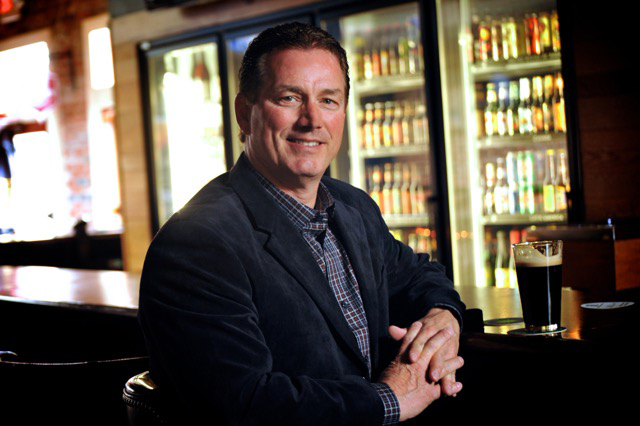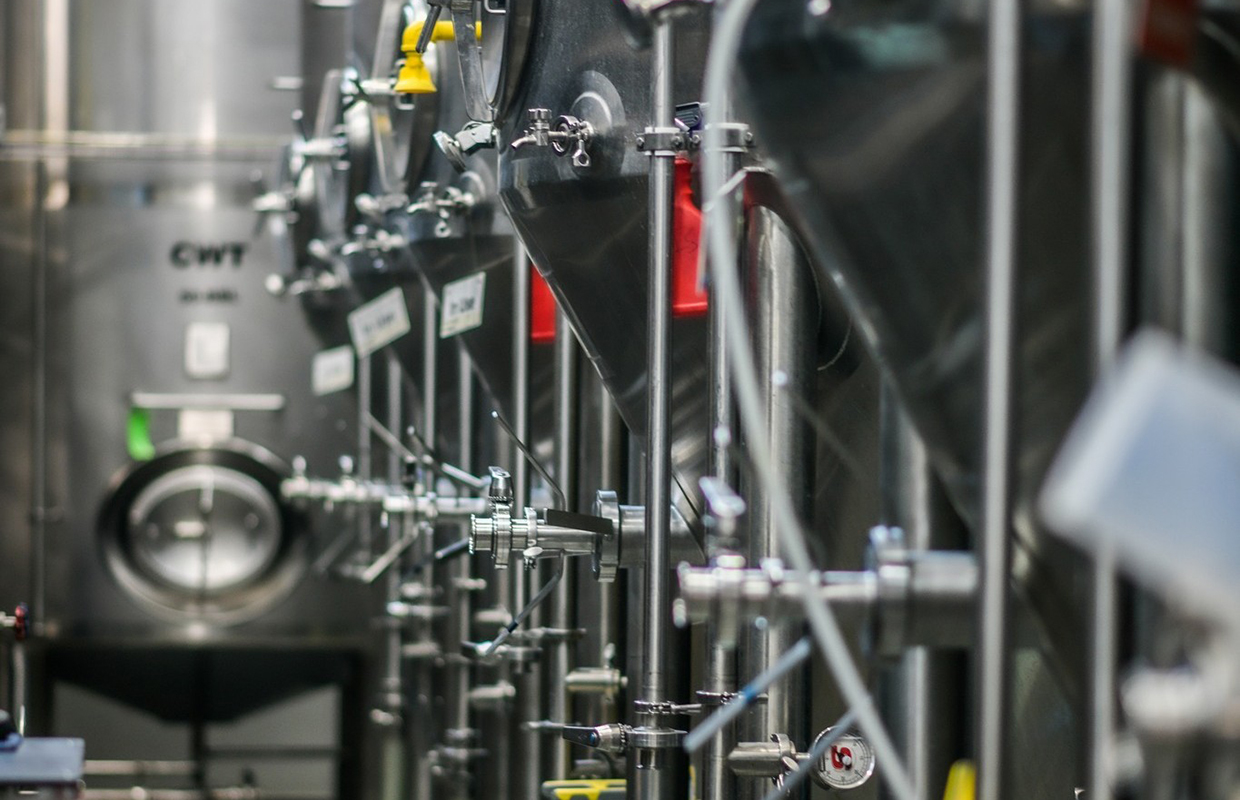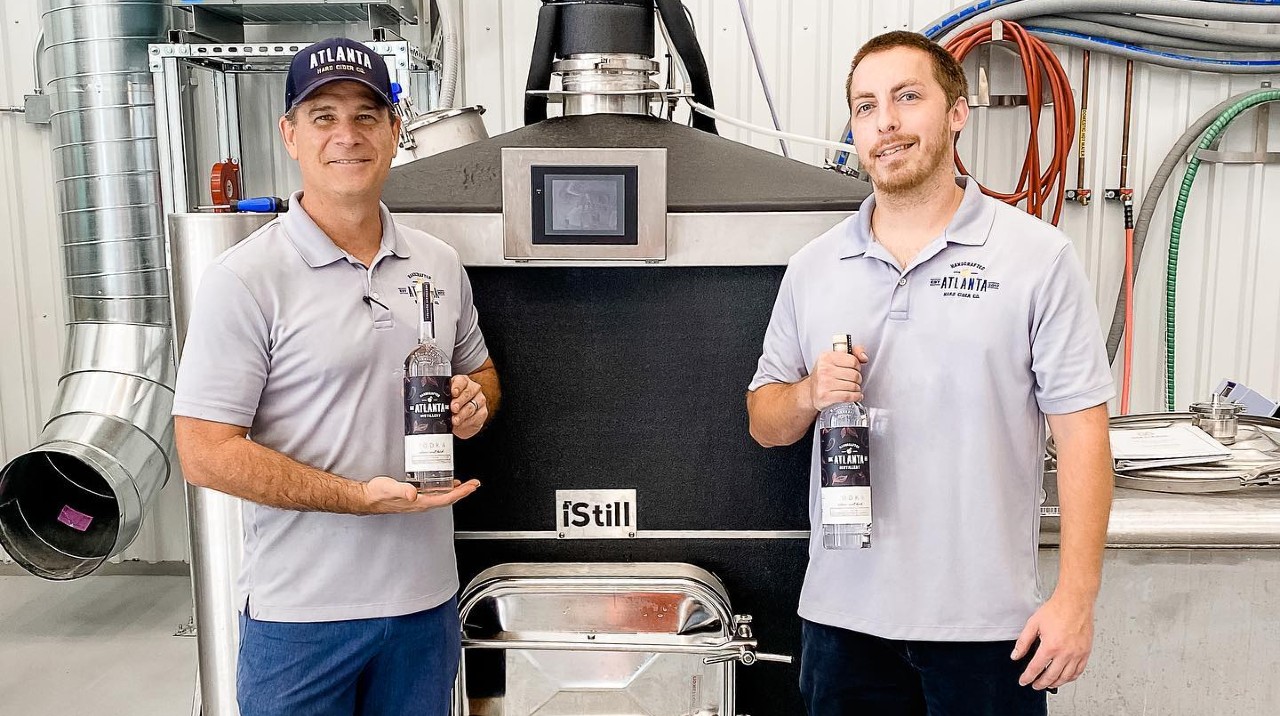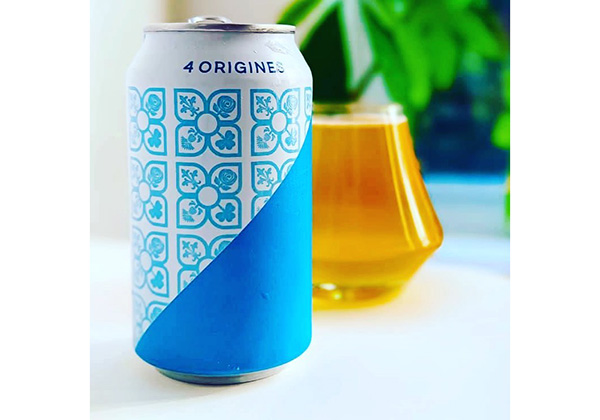
Getting beer to a new area is always a number-crunching, time-consuming process.
Tim Schoen with Brew Hub thinks they can help eliminate some of the troubles with finding new markets.
Say a small regional brewery open in Minnesota wants to have beer available in Florida — maybe Missouri or Boston. All the while they still want to be the local, hometown brewer in the Land of 10,000 Lakes, but they just don’t have the production capability. The key could be a project that has blossomed into what is called Brew Hub.
“We hope to solve one problem, consumer demand,” Schoen said. Finding a ‘tsunami’ of craft beer on the market, Schoen and Brew Hub don’t see it as a problem, but an opportunity.
A production facility already up and running in Lakeland, Florida, and plans for a St. Louis facility to open in 2015 with a possible New England hub to open by the end of 2016, Schoen said that Brew Hub goes beyond a typical contract brewery.
“We go further,” he said. “We’re incubating new brands for our partners. We are testing it in our tasting rooms. We are doing diagnostic research and helping guys that want to come to a new geography … we can offer them distributors, make chain calls, get them the licensing and give them the expertise to consult on pricing.
“Anything that comes with making, marketing and selling beer in any kind of geography, we have the expertise to do that.”
Giving breweries, what they call partners, an opportunity to work with distributors through Brew Hub, with guidance from the facility, or even letting them secure deals on their own, brewers have the freedom to choose how and what aspects of their product they want assistance with.
One brewery making the leap into the Florida market, while making five times as much beer by the end of 2016 is Decorah, Iowa’s Toppling Goliath. A 3,000 barrel facility right now, the use of Brew Hub will generate upwards of 20,000 bbls. for Clark Lewey, who founded the brewery with a nano system in 2009.
Lewey figures that about 75 percent of the output will come from the Florida facility, giving the home base a output of around 5,000 bbls. “It will bring back some of our core creativity, which is part of us, the excitement to create,” he said.
Currently, the brewhouse has been mostly producing the company’s four flagships to keep up with demand, which is growing by leaps and bounds, causing shortages that Lewey said require expansion. “We haven’t totally lost that creativity but it’s hard to squeeze in something like King Sue (a Double IPA) or a barrel aged [beer] when we have so much demand for our flagships,” he said. “We have never had an excess of beer sitting around and we have to turn a lot of orders down.”
Lewey said his company will do its own distribution, using the beer produced in Florida to cover the current Iowa markets along with Southwest Wisconsin. The next market will be expanding into Minnesota, which Lewey said consumers of that area have been “very patient” waiting on promises made more than a year ago to enter that territory.
“It will help us grow that market pretty much from the word go we should be able to put together a relationship with Minnesota by the end of summer,” Lewey said.
Along with filling the local orders, a percentage of the beer produced will stay in Florida to help fill a demand that is being spurred by being on tap at the Brew Hub facility.
“They are helping with boots on the ground in Florida and roll out brands,” Lewey said. “If that model goes well then we can use a similar model once the St. Louis build is complete.”
Schoen said that Toppling Goliath is all set in motion for help with “legal documents, pricing and [we’ll] make sales calls on big chains.”
Toppling Goliath will also take advantage of the multiple types of packaging. Only available in 22-ounce bombers, the first new batch of Brew Hub-made beer will now be available four ways: 12-ounce bottles, 12 and 16-ounce cans and in the bombers.
“Every consumer is a bit different, some want the big bottles for home. Some want the cans for the river and some just want the 12 ounce bottle,” Lewey said. “So that is exciting for us.”
Schoen also said that Asheville, N.C.’s Green Man Brewing has entered the “partner brew” and will be available in Florida as well. “[Owner] Dennis [Thies] knows the business well through his dad, so he will consult with us, but we are not technically on that assignment with them,” he said. “He is leaning on us in other aspects.”
Schoen points out that his company won’t deal with one-off deals. Instead they are looking for five to eight regional brewers of various sizes per hub that will invest efforts into improving brand and distribution through Brew Hub facilities.
Does this take the locality out of small-town brewing? Not at all said Lewey. “Some people automatically dismiss this and there have been a lot of naysayers, but what we know is when you taste a greater brewers beers, your opinion changes with your taste buds,” he said. “I think that is what people will find is that they make our beer every bit as good as we make our beer.”
Schoen points out that although contract brewing is needed, this is more than that.
“It’s a longer proposition. It’s about the longevity,” he said. “[The brewers’ logo] is on the side of our building, their beer is in our tasting rooms. The face value is much more than contract brewing.”
And the brewer owns it all. No rights are given over to Brew Hub.
“They are renting our equipment and people,” Schoen said. “They own their beer from the first grain that goes into the mash tank.”
Saying that they can’t get the buildings up fast enough, Schoen spoke to brewers during a sponsored event held on the trade room floor of the 2015 Craft Brewers Conference.
Armed with cans from Florida’s Cigar City and Orange Blossom, their own find in homebrewer Pat Kennedy’s Keybilly Key Lime Ale and various other signees, Schoen and company spoke about how Brew Hub will be a part of the Brewer’s Association’s hopes of having 20 percent of the market share by 2020.
Less than a year in, it seems to be working according to Schoen. “We knew going into it that our hypothesis and strategies were well founded, but the numbers have exceeded expectations,” he said.






Be the first to comment